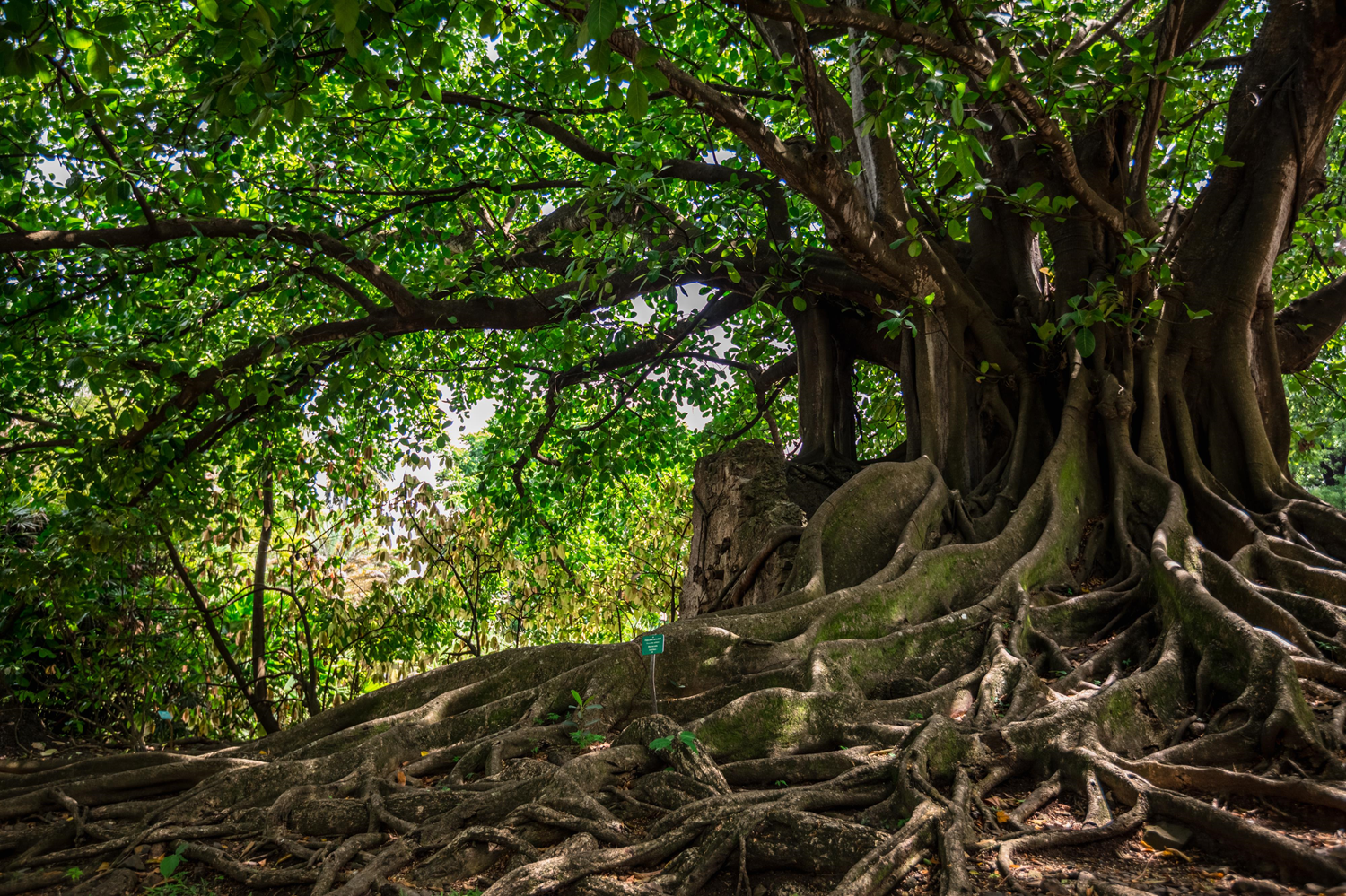Before you go any further...
I've read and accept the Terms of Use and the Privacy Policy.
I accept to receive newsletter and other communications associated with firms of The Explorers Network group'
I accept to receive commercial offers of The Explorers Network partners'.
Thanks!
Vote everyday for your favorite content
SENSITIVE CONTENT
This media contains sensitive content which some people may find disturbing or offensive.
You must be 15 years of age or older to view sensitive content.
Log inBirthday
Content being validated
THE EXPLORERS +
Watch our premium movies
The Explorers + is our premium movie catalog in Ultra High Definition (HD/4K/8K)! Hundreds of videos already available and daily new content on all your devices (web, mobile, tablets, smart TV).
Post content (photo or video) and get 1-month free
OR
Subscribe and support The Explorers Foundation's field actions for biodiversity.

Content being validated
A key tree in Martinican culture
0
0
Present in the heart of every city in Martinique, the cursed fig trees - like here a fig tree of the Ficus citrifolia species visible in the Habitation Clément botanical park - are strangler fig trees of the Moraceae family. They owe their vernacular name to their mode of growth, which uses other plants as food support. They imprison them until they die, rot, and produce the humus that will be used to nourish their own growth. These strangler fig trees reproduce thanks to the seeds contained in their fruits and dispersed by the droppings of the birds or primates that eat them. When one of the droppings lands on the branch of a tree, it signs its death warrant as the growth process of the strangler ficus starts. This mode of development fuels the sulphurous reputation of the ubiquitous strangler fig trees in the myths, legends, and voodoo recipes of Martinican folklore. The expression cursed fig tree originates from the Gospel of Mark (chapter 11, verses 12-14; 20-23; 25-26), the fig tree being the symbol of the temple in the Christian exegesis.
Related content

Médias en cours d’exploration

